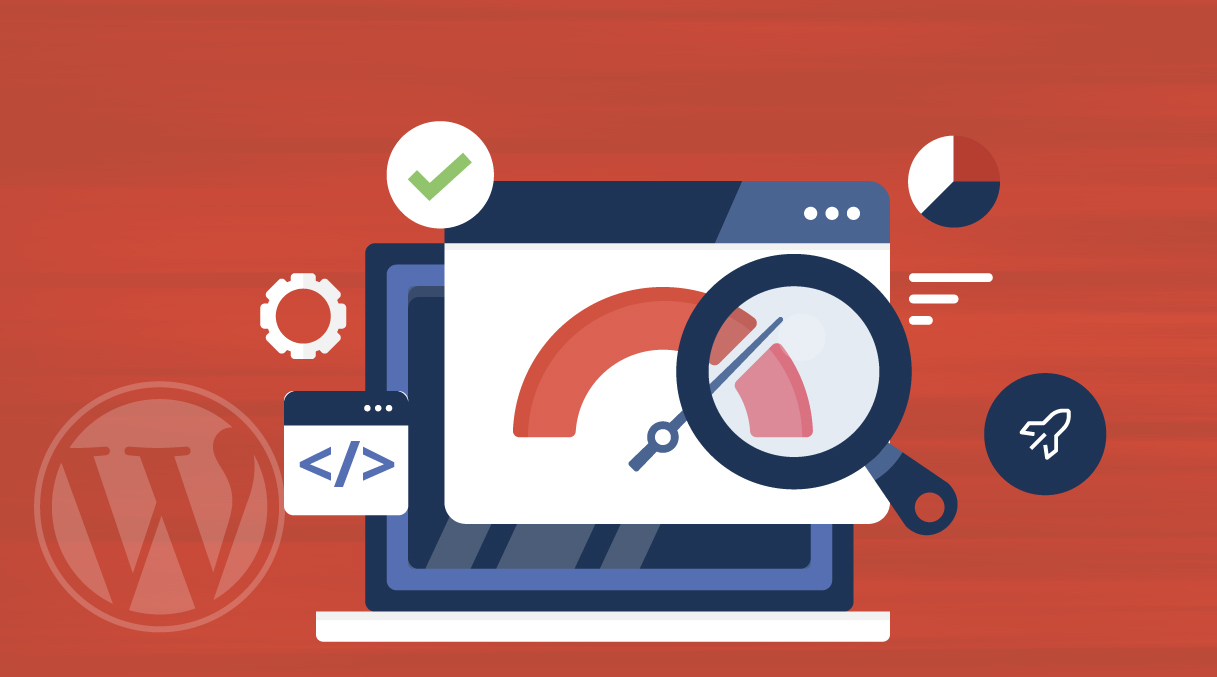Introduction
WordPress speed optimization is essential for the success of any website. A fast site not only offers a superior user experience but also contributes to better SEO results and higher conversion rates. In this article, you’ll discover best practices and techniques to speed up WordPress, reduce load times, and ensure visitors never leave due to slow performance. If you want to transform your website’s performance, keep reading!
Why Is It Important to Optimize WordPress Speed?
- Improves user experience
- Reduces bounce rate
- Increases conversions and sales
- Boosts Google rankings
- Ensures a competitive edge
1. Choose a Good Hosting Provider
The foundation of a fast website is quality hosting. Choose a provider specialized in WordPress with SSD storage, PHP 8+ support, and built-in CDN.
Tip: Make sure your hosting plan offers automatic backups and 24/7 technical support.
Read More About Regular Maintenance
2. Use Caching Plugins
Caching plugins store static versions of your pages, reducing load times.
Top options:
- WP Rocket
- W3 Total Cache
- LiteSpeed Cache
Advantages:
- Reduces server response time
- Lowers hosting resource usage
- Improves overall performance
Article about managing WordPress plugins
3. Optimize Images
Large images are one of the main causes of slow websites.
Best practices:
- Use modern formats (WebP, JPEG 2000)
- Compress images before upload (TinyPNG, ShortPixel)
- Enable lazy loading for off-screen images
Table: Image Optimization Tools
| Tool | Type | Free/Paid | Extra Features |
| ShortPixel | Plugin | Both | WebP conversion |
| Imagify | Plugin | Both | Bulk optimization |
| TinyPNG | Online | Free | Quick compression |
4. Minify CSS, JavaScript, and HTML
Minifying removes unnecessary spaces and characters from files, making them lighter.
Recommended plugins:
- Autoptimize
- Fast Velocity Minify
Tip: Combine files whenever possible to reduce server requests.
5. Use a CDN (Content Delivery Network)
A CDN distributes your site’s content across global servers, speeding up access from anywhere in the world.
Top providers:
- Cloudflare
- KeyCDN
- StackPath
6. Clean and Optimize Your Database
Over time, your database accumulates unnecessary data (revisions, spam, transients).
How to clean it:
- WP-Optimize
- Advanced Database Cleaner
Benefits:
- Faster site response
- Fewer database errors
7. Regular Updates of Plugins, Themes, and WordPress Core
Keeping everything updated ensures compatibility, security, and performance.
Checklist:
- Update plugins weekly
- Update themes quarterly
- Update WordPress core as soon as a new version is released
Advanced Tips for Demanding Users
- Enable GZIP compression on the server
- Reduce unnecessary redirects
- Monitor loading time with tools like GTmetrix or PageSpeed Insights
- Remove unused plugins and themes
Common WordPress Speed Optimization Mistakes
- Using too many caching plugins simultaneously
- Ignoring image optimization
- Not testing the site after technical changes
- Choosing low-quality shared hosting
WordPress Speed Optimization Checklist
✔ Choose optimized WordPress hosting
✔ Install and configure a caching plugin
✔ Compress all images
✔ Minify CSS, JS, and HTML
✔ Enable CDN
✔ Clean the database monthly
✔ Update plugins, themes, and core
Frequently Asked Questions (FAQ)
1. How can I test my WordPress site speed?
Use tools like Google PageSpeed Insights, GTmetrix, or Pingdom to analyze loading time, identify issues, and get practical recommendations.
2. What is the best caching plugin for WordPress?
WP Rocket is one of the most recommended due to its easy setup and fast results, but W3 Total Cache and LiteSpeed Cache are excellent free alternatives.
3. What is “lazy load” and why should I enable it?
Lazy load ensures that images and videos are only loaded when they appear on the user’s screen, speeding up the initial page load.
4. Is using a CDN mandatory?
Not mandatory, but highly recommended for websites with visitors from multiple regions or high traffic, as it improves speed and security.
5. How many optimization plugins should I use?
Use only one caching plugin and one image optimization plugin. Avoid overloading your site with multiple plugins serving the same purpose.
6. Does site speed impact SEO?
Yes! Google favors fast-loading sites and penalizes slow ones in search rankings.
Now it’s up to you
WordPress speed optimization is one of the smartest investments for online success. With these techniques, your site will be faster, more secure, and ready to grow. Don’t let slowness harm your business—implement these tips now and stand out from the competition!
Want to know more about your WordPress website’s speed?
Learn more.
Written by: André Caridade



